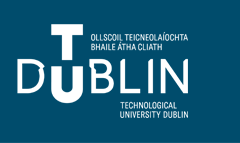Document Type
Article
Rights
Available under a Creative Commons Attribution Non-Commercial Share Alike 4.0 International Licence
Disciplines
1.6 BIOLOGICAL SCIENCES
Abstract
The anti-hypochlorite activity of açaí (Euterpe oleracea Mart.), goji (Lycium barbarum L.) and schisandra (Schisandra chinensis) fruit extracts were assessed by determining the reactive chlorine species (RCS)-scavenging ability of these three “super-food” berries. In addition, the aqueous extracts obtained were employed as both the media and the catalyst in a green chemistry approach to the synthesis of a coumarin-based fluorescence turn-off sensor, which was then used for anti-hypochlorite activity testing. The aqueous extracts were also assessed for total phenolic content (TPC), using the Folin–Ciocalteu method, and the antioxidant activity using the ABTS+• assay. Moreover, the main water-soluble polyphenolic constituents of the extracts were identified by the HPLC-PDA-ESI-MS technique. Among the extracts tested, açaí demonstrated the highest anti-hypochlorite and antioxidant activities, while the highest TPC value was found for the goji extract. All extracts demonstrated modest catalytic activity as Knoevenagel condensation catalysts.
DOI
https://doi.org/10.3390/biom10050723
Recommended Citation
Starzak, K. et al. (2020) Anti-Hypochlorite, Antioxidant, and Catalytic Activity of Three Polyphenol-Rich Super-Foods Investigated with the Use of Coumarin-Based Sensors,Biomolecules,2020,10, 723; doi:10.3390/biom10050723


Publication Details
Biomolecules2020,10, 723; doi:10.3390/biom10050723